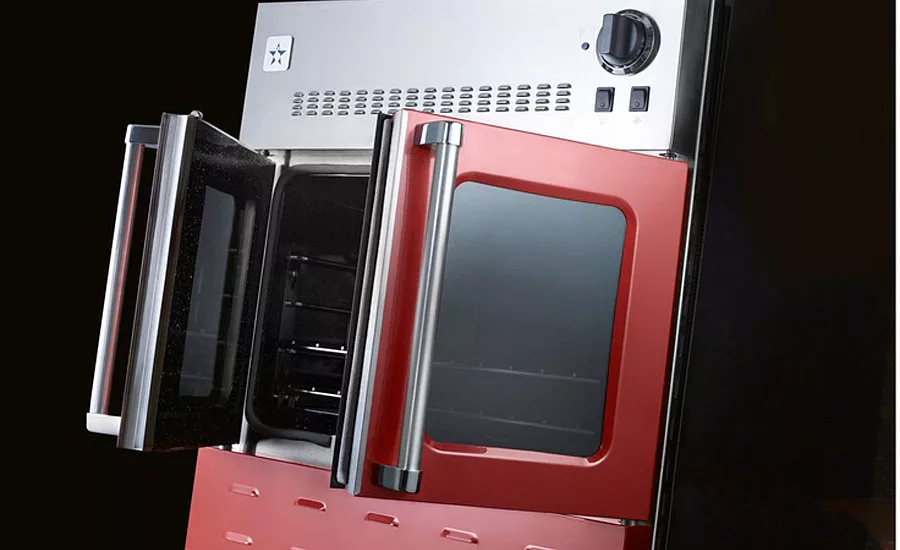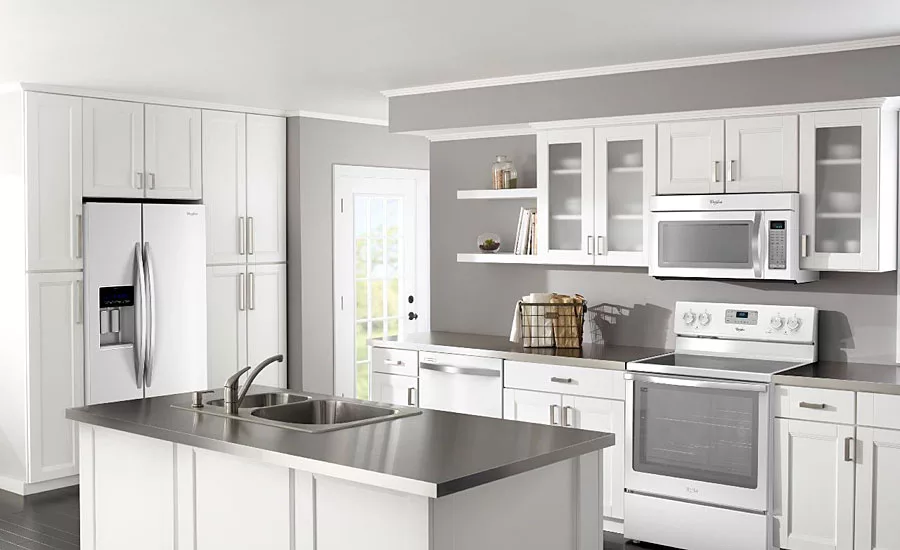Color Trends in Appliances 2016: How Culture and Color Collide






As a coatings company, appliance manufacturer or consumer, color is now one of the most important factors driving appliance purchase decisions. Color is the first thing we see when we look at an appliance. Not only does it elicit strong emotion in viewers, it triggers an actual physiological response. But how do you know which color to buy? Why do certain colors come into style and how do color preferences change over time? More importantly, as either a coatings manufacturer, appliance company or someone in the market looking for an appliance, how can we better understand color and be on top of the latest color trends in the appliance market?
There is an indeterminate connection between color and culture; color reflects the zeitgeist of the times. This idea came to me while I walked through a 16th century cabinet exhibit in the Rijksmuseum in Amsterdam earlier this year. I was struck by the vast contrast between our current color palette and the bleak browns and darkness that I saw throughout the exhibit – the immense, towering furniture; the dour stains; even paintings of flowers like Han Brueghel’s “Bouquet” features flowers against a depressing background. I felt as if I carried a weight on my back, combined with feelings of sadness and being overwhelmed. I imagined myself traveling back to that time, what would life have been like? I wondered how much seemed unknown, what it felt like living in a culture not rooted in science. While the provinces making up the Netherlands were a republic, Dutch cities were run by the wealthy merchant families. Combined with nature and luck, I wondered how this impacted the color palettes of the hard goods of that time.
But why was I struck by the dark colors? Attachment and ideas about color change through time and across the world. I wondered how different colors made me feel. While of course this is an inexact science, I’ll take a crack at how I believe our culture feels about and responds to different colors:
White: clean, pure, modern and expansive. A very sterile and institutional choice, it is not expressive or reflective of an individual or family’s personality.
Black: power, sophistication, elegance and mystery. A power color.
Blue: loyalty, protection, water and tranquil. 41% of the U.S. population identifies blue as their favorite color.
Purple: innovative, luck and hope. 22% of Americans say purple is their favorite color (the second most popular choice and two times as popular among women as men).
Red: fire, risk, passion and competition. Some studies indicate the red actually stimulates our adrenal glands.
Green: environmental, balanced, fresh and restful.
Brown: harmony, grounded, reliable.
Grey: subtle, understated, yet elegant formality. Hue is critical as it can change the way grey makes you feel (think yellow grey).
Orange: playful, inexpensive (even though it is the most expensive color to produce). Orange has been shown to stimulate appetite in some studies.
In order to get an even more visceral understanding so I could better understand where color is now and where it is going, I looked to a history and culture that I could more easily connect with – color trends since the 1960s forward. The 1960s youth boom and counter color revolution taking everywhere from Haight Ashbury to swinging London was reflected in the bright violet, lemon chromes and hot pinks that we all associate with that period. In came the 1970s, with the recession and stagflation souring some of the 60’s vibrant hope. Combined with environmentalism and shaped by disco, the period produced earthy colors like harvest gold, rust, avocado and burnt sienna. The economic resurgence of the 1980s, dancing to a soundtrack of pop music and new art influences, embraced a preppy and slightly more muted vibrant palette of colors like royal blue, ribbon red and rose violet. The 1990s ushered in grunge, graffiti, Zen and irreverence in mixed parts, which muted the palette to a more nuanced series of grey, overcast, oasis and scuba blue. As we crossed the new millennium, we bore witness to a technology revolution, and efficiency, minimalism and individualism combined together to drive huge adoption of stainless steel and more expressive tones like lavender and aspen green.
As we cross the halfway point of the second decade of the second millennium, a few strong cultural influences are shaping our color palette. Technology continues to be a central focus of our time. Wealth inequity has made the rising fortunes of many people stand in stark contrast to other periods in history. Financiers dominate the business press and have led to a resurgence of preppy. The rise of tattooed bearded hipsters is apparent at every boutique coffee shop in major cities. What does 2016 hold for appliances? I have several ideas.
First, I think standard color offerings (white, grey) will continue to be re-imagined in new shades or even with more functionality. Think stylish whites like Whirlpool White Ice collection or the CornuFe Pure White. Warm neutrals like GE’s Slate offering provide a smooth and comfortable tone. Or you could consider more of an almond, darker, modern feeling brown. We will see a growth in the coming years of appliances with antimicrobial coatings, as the focus on health spills into all aspects of our lives.
Second, bold colors will continue to be the trend. Red’s popularity will grow, and I expect see more appliances in bold colors like BlueStar’s Ruby Red. Bold colors from orange to burnt yellows will be seen in showrooms and at the high end.
Third, retro is cool, but cooler if it has a modern take on the standard 1950s-1960s color set. Portofino and lilac are interesting here – blues and yellows. Check out Big Chill’s Beach Blue as an example.
My medium-term prediction is that several major trends in automotive will translate into appliances. Matte silvers and blacks in the 15-30 gloss range will be seen as cool and hip, despite scratching issues with this finish. Check out BlueStar’s Precious Metals line. Anodized silver or matte aluminum will be the new stainless. My “black swan” prediction is that we will see carbon fiber highlights on appliances soon enough, like the handles on Gorenje’s new, yet-to-be-released fridge.
As I said, I believe color is an inexact science. My attempt has been to provide a framework that better allows coatings manufacturers, appliance manufacturers and appliance customers to understand why certain colors are popular or might be impacting them in a particular way. At the very least, we all know that color is here to stay awhile, so why not go out and have some fun? I know I can’t wait to see how culture and color combine to drive the next big thing in appliances.
Looking for a reprint of this article?
From high-res PDFs to custom plaques, order your copy today!







